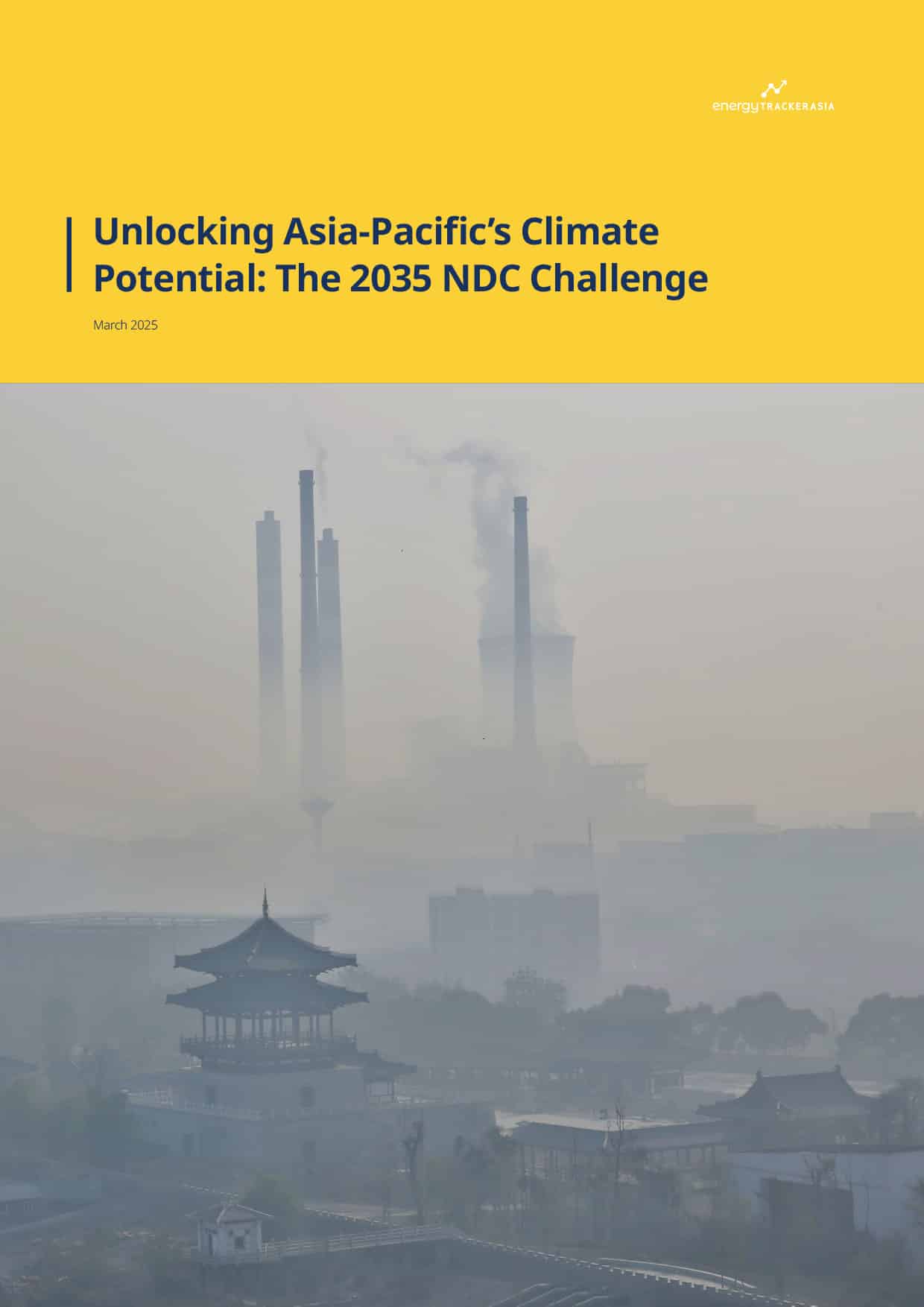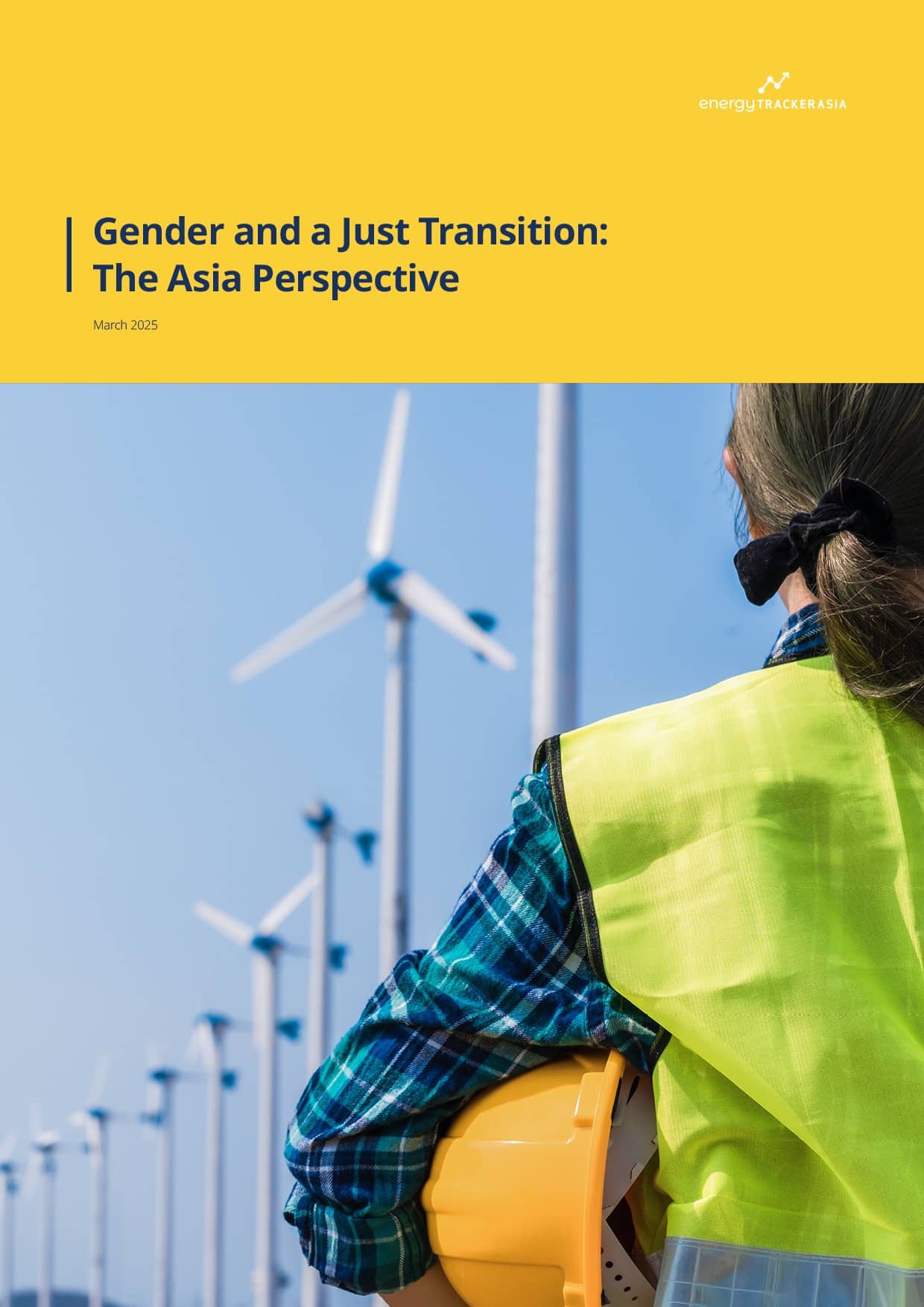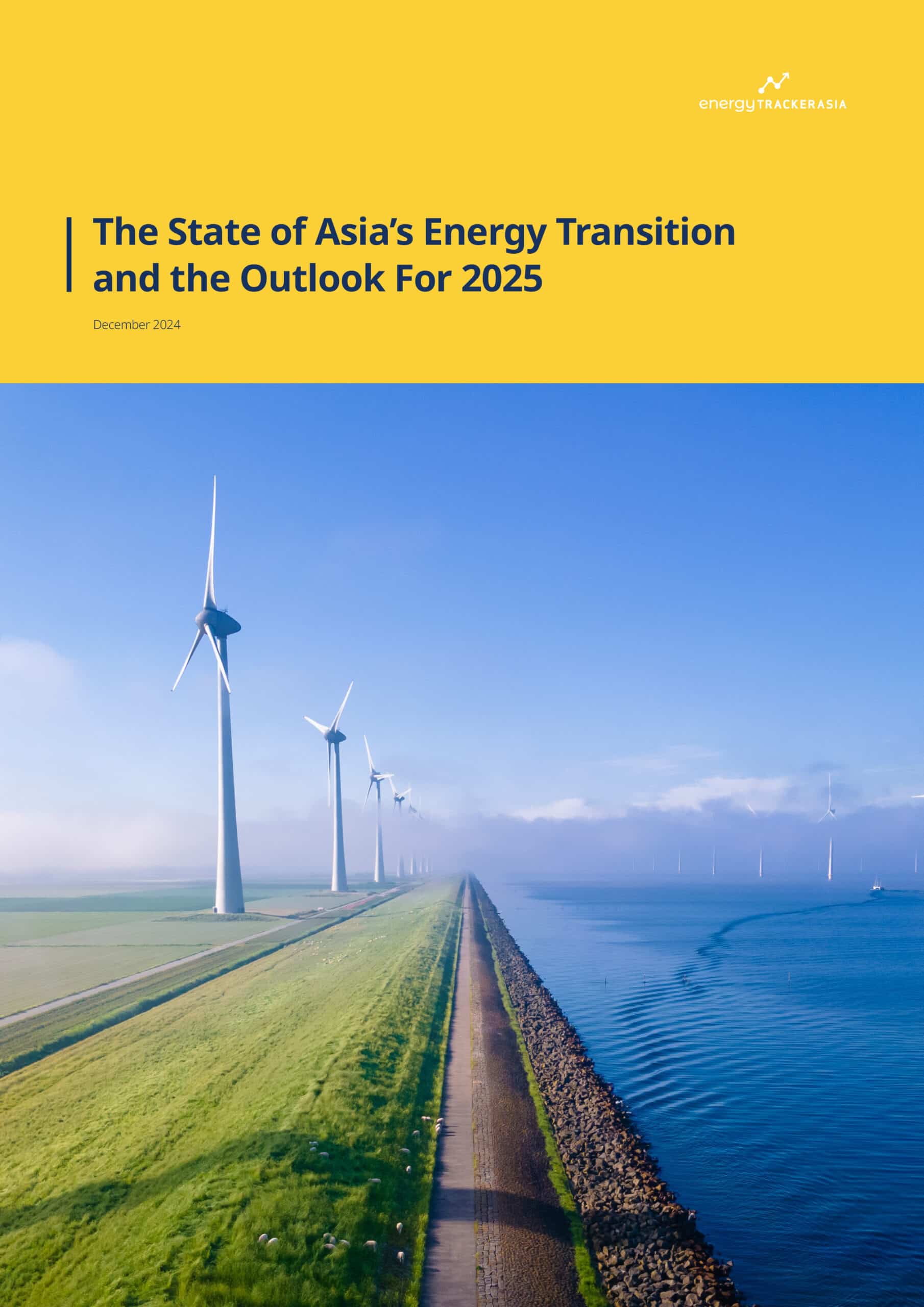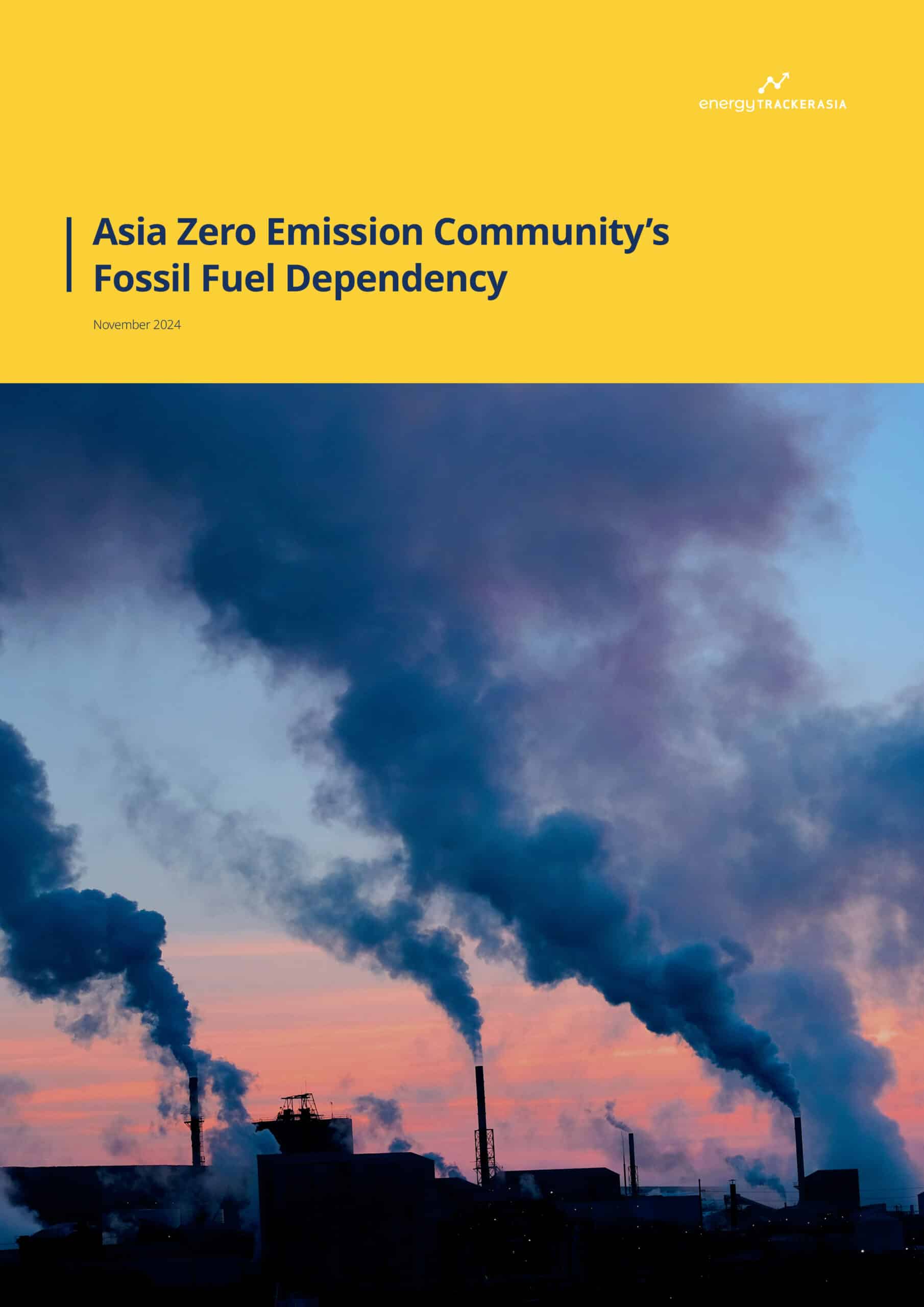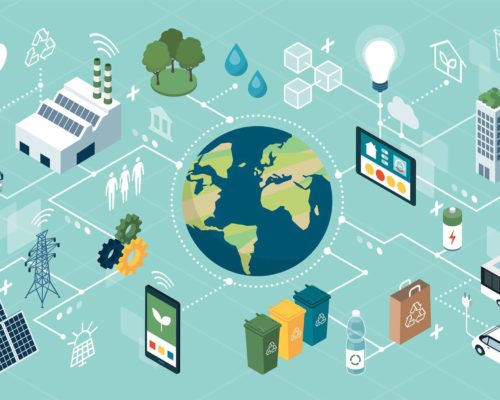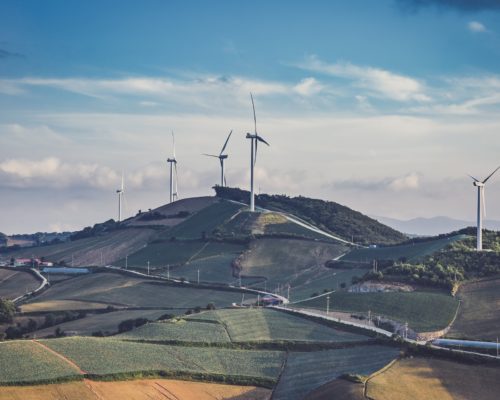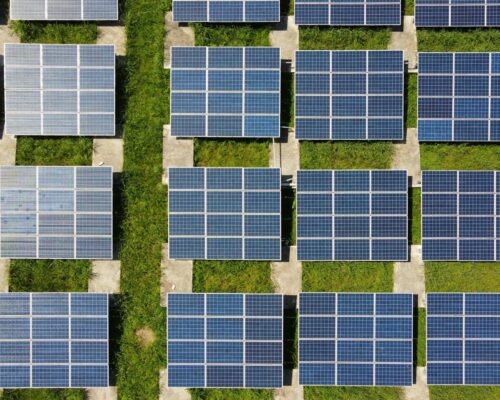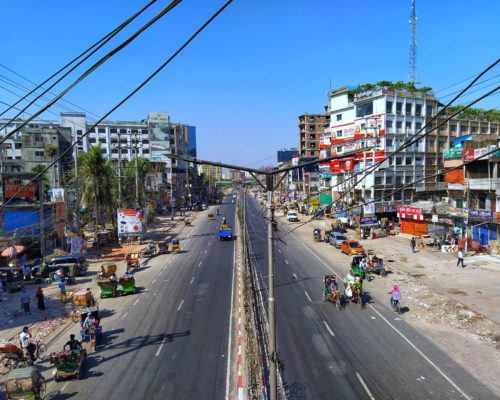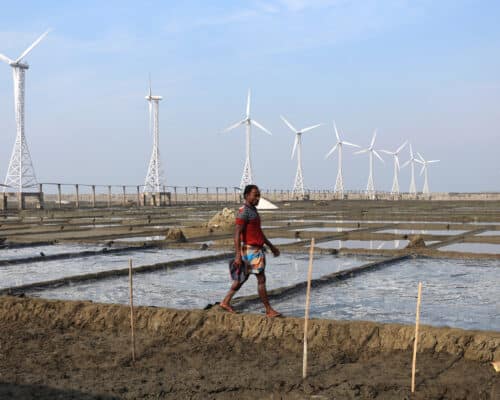Solar Energy in Nigeria: A Reliable Alternative To A Struggling Grid
Source: The Guardian Nigeria News
20 August 2025 – by Eric Koons
Solar energy in Nigeria is transitioning from a niche to a necessary source, as homes and businesses seek reliable power in a country where the grid often fails to meet demand. Nigeria’s grid has up to 16 GW of total installed capacity, yet production is often only about one-third of that.
More than 80 million people still lack access to electricity, and even those with connections face frequent power outages. In this context, solar panels and batteries are not just a more sustainable energy solution; they are practical. As of 2024, Nigeria had around 385.7 MW of installed solar capacity, after adding 63.5 MW that year, putting the country fourth in Africa for solar adoption.
Nigeria’s Energy Needs and Power Reality
Natural gas dominates Nigeria’s electricity mix, accounting for roughly three-quarters of generation, with hydropower accounting for most of the rest. The system underperforms for several known reasons, including gas supply constraints, ageing infrastructure and transmission bottlenecks. The result is chronic outages and a heavy reliance on backup generators.
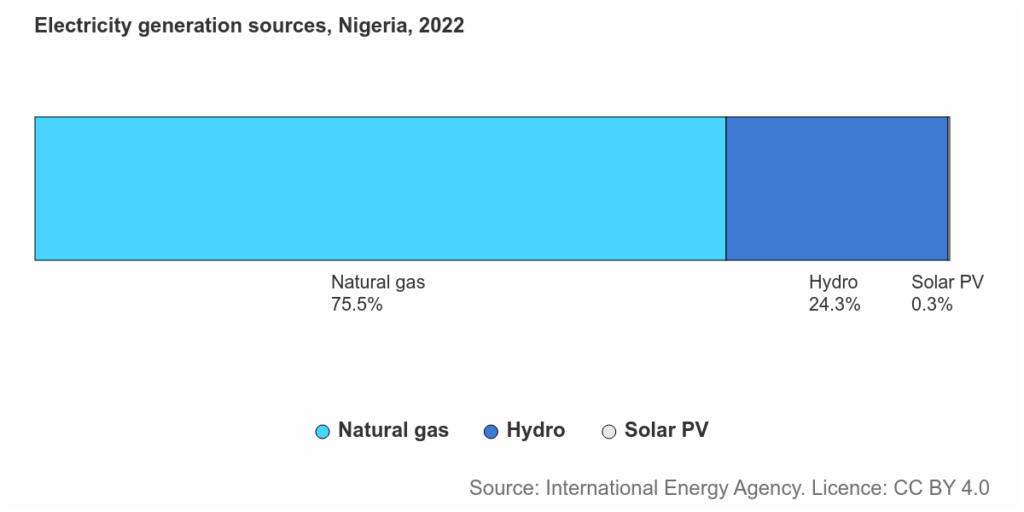
Source: IEA
Electrification is rising but unevenly. The World Bank estimates that about 85% of urban Nigerians had access to electricity in 2023, but this drops to just 33% in rural areas. These pressures are precisely why solar energy in Nigeria is gaining momentum, especially where the grid is weakest.

Nigeria’s Climate Commitments Rely on Solar Energy
Nigeria has also set clear climate and development markers that heavily rely on solar power growth. In its updated nationally determined contribution, the country targets a 20% emissions reduction by 2030 on its own and a 47% reduction with international support.
The government’s Energy Transition Plan outlines a net-zero goal by 2060 and leans on renewables (particularly solar) to expand access while trimming fuel imports. Solar power in Nigeria aligns with both aims and reduces the health and economic costs of diesel reliance.
Solar Power Potential in Nigeria
Nigeria’s landscape makes it ideal for solar power. Coastal areas range from roughly 4 to 5 kWh/m2 every day, while the far north reaches 5.5 kWh/m² or more. The World Bank’s Global Solar Atlas shows broad swaths of the country with annual global horizontal irradiation above 2,000 kWh/m², ideal for fixed-tilt PV. IRENA estimates that the country can reach approximately 210 GW of technical solar PV potential by utilising only 1% of the suitable land.
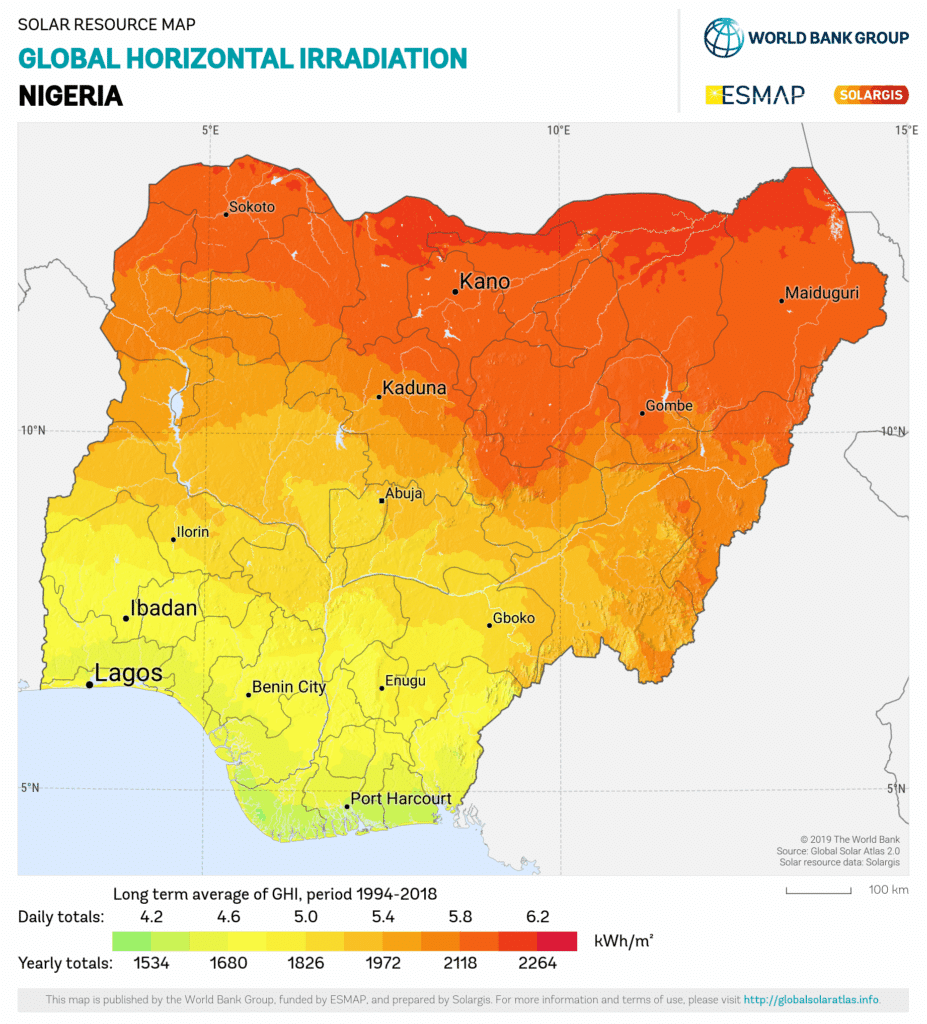
Current Deployment of Solar System and Momentum
The Africa Solar Industry Association’s latest outlook places Nigeria among Africa’s top movers, with 63.5 MW added in 2024 and 385.7 MW installed by year-end. That number is still small compared to the country’s needs and accounts for less than 2% of its energy mix. However, it shows that growth in solar energy technology is happening and signals growing market traction in rooftop, commercial and industrial systems, as well as mini-grids.
For example, the Rural Electrification Agency’s programs have accelerated the mini grid market and sales of standalone solar systems. By early 2025, the World Bank had found that approximately 125 mini grids had been developed and more than one million home solar systems had been sold under the programs. This provided electricity access to roughly 5 million Nigerians and created over 5,000 private sector renewable energy-related jobs.
Social and Economic Impacts
Solar mini grids provide a reliable energy supply, which translates to real-world quality of life improvements. A 2024 study of customers in Kenya and Nigeria found that mini grid connections improved productivity, income, health, safety and gender equality, while cutting kerosene use. The median income of Kenyan participants quadrupled and Nigerian sites also showed gains in job and enterprise opportunities, despite facing macroeconomic headwinds.
On the economic side, unreliable power is expensive. The World Bank estimates that Nigeria loses 5-7% of its GDP each year due to poor electricity, amounting to roughly USD 25 billion. Companies must scale back production, waste time due to outages and incur the expense of expensive backup power generators. Households and small businesses spend an average of USD 12 billion each year operating these generators.
Solar power is already cost-competitive with traditional energy sources. This translates to more capital for businesses to spend on wages and inventory, the lengthening of shop hours and the acceleration of economic growth. When considering the secondary benefits, like lower air pollution, reducing the public health burden and limiting greenhouse gas emissions, the benefits of solar continue to increase.
Accelerating the Market
Solar energy in Nigeria has the ingredients for a step change. The grid is constrained, diesel is costly and solar resources are excellent. Installed PV is still modest, but mini grids, solar home systems and commercial rooftops are scaling with real economic and social benefits.
If the country can continue to reduce soft costs, stabilise tariffs and introduce incentives for solar adoption, Nigeria can close the access gap while building a cleaner, more reliable power system. Looking at other African front-runners like Kenya and South Africa provides some case studies for Nigeria to learn from.
by Eric Koons
Eric is a passionate environmental advocate that believes renewable energy is a key piece in meeting the world’s growing energy demands. He received an environmental science degree from the University of California and has worked to promote environmentally and socially sustainable practices since. Eric’s expertise extends across the environmental field, yet he maintains a strong focus on renewable energy. His work has been featured by leading environmental organizations, such as World Resources Institute and Hitachi ABB Power Grids.
Read more